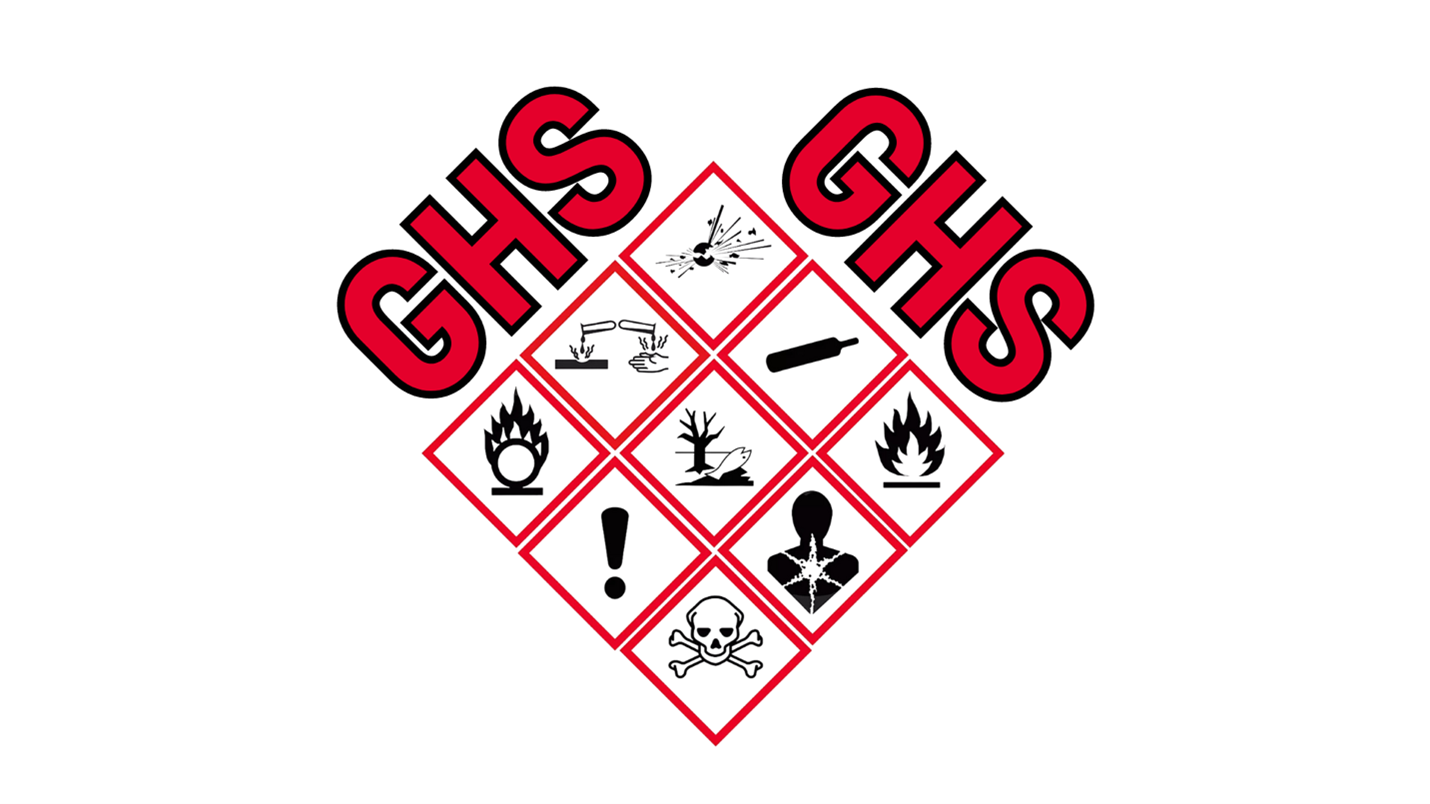Everything You Need to Know about GHS Hazard Classification

Understanding the Globally Harmonized System of Classification and Labelling of Chemicals (GHS) is crucial for ensuring workplace safety and compliance with international standards. At Global Hazmat, we recognize the significance of GHS hazard classification and are here to guide you through every aspect. In this blog, we’ll cover the essentials of GHS, the key elements of hazard classification, and how our expertise at Global Hazmat can support your organization in meeting GHS requirements. Stay informed, stay compliant, and prioritize the safety of your workforce with our in-depth insights. Let’s dive into the world of GHS hazard classification together!
GHS provides a standardized approach to classify and communicate chemical hazards using universally recognized symbols, signal words, and hazard statements, which ensures consistency in conveying information across borders and safeguards workers and the environment.
Key Elements of Hazard Classification
Hazard Categories
GHS categorizes hazards into physical, health, and environmental classes. Physical hazards cover properties like flammability and explosiveness, health hazards assess toxicity and carcinogenicity, and environmental hazards evaluate factors such as aquatic toxicity and persistence.
Health Hazard Criteria
GHS uses specific criteria to determine health hazards, including acute toxicity, skin corrosion/irritation, and respiratory sensitization. Understanding these criteria is crucial for accurately assessing the potential health risks associated with chemical substances.
Environmental Hazard Criteria
Beyond human health, GHS considers environmental impacts. Criteria for environmental hazards involve factors like aquatic toxicity, persistence, and bioaccumulation. This dual focus ensures a comprehensive evaluation of chemical substances.
Physicochemical Properties
Accurate data on physicochemical properties, such as flashpoint, boiling point, and particle size distribution, form the basis of GHS hazard classification. Reliable information is essential for precise hazard communication and risk assessment.
GHS adoption is not mandatory but is widely endorsed and implemented by countries worldwide. The system facilitates international trade by providing a common language for hazard communication, contributing to safety and regulatory compliance. Understanding GHS goes beyond theoretical knowledge. Practical insights, real-world examples, and case studies are essential for organizations to apply hazard classification principles in their specific contexts effectively.
GHS hazard classification is a cornerstone of chemical safety. By accurately classifying and communicating hazards, organizations can enhance workplace safety, protect the environment, and ensure compliance with global regulations. GHS is a dynamic system that evolves with scientific advancements. Regular updates ensure the system remains current and reflects the latest understanding of chemical hazards, underscoring its commitment to continuous improvement.
Knowledge is your best defence against chemical hazards. As your trusted partner, Global Hazmat brings a wealth of experience in chemical management and compliance. Our team of experts is well-versed in GHS requirements, offering tailored solutions to streamline your hazard classification processes. From conducting thorough assessments to providing hands-on training, we are committed to empowering your organization to meet and exceed GHS standards.
Stay informed, stay safe! Global Hazmat provides the facts and insights you need for a robust understanding of GHS hazard classification.
